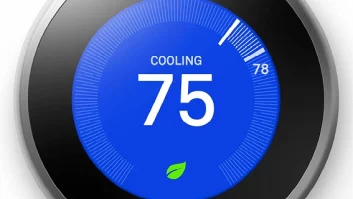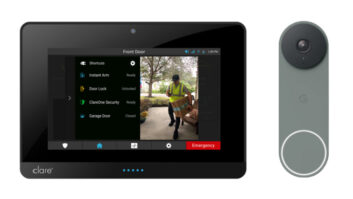If Google markets a Google-brand cellphone outside the carriers’ own distribution channels, the company won’t build a sizable sales volume in the U.S. unless it sells the phone locked to a particular carrier’s network, some analysts contended.
Locked phones benefit from carrier subsidies that reduce the purchase price in return for one- and two-year service contracts.
An unlocked Google-brand phone will likely be more successful outside the U.S. in GSM markets such as Europe where phones are largely sold unlocked and unsubsidized, analysts noted. There, consumers activate a purchased phone on the network of their choice by inserting a GSM SIM card.
“I don’t think an unsubsidized open-market handset will be a viable strategy in this [U.S.] market, said Bonny Joy, senior analyst at Strategy Analytics. Nokia has failed at selling unlocked phones in the U.S., he said, and Apple’s iPhone didn’t get traction until AT&T began subsidizing the price, he noted.
The U.S. market currently “is not right for the takeoff of open [unlocked] devices,” in large part because consumers keep their devices only 18 to 19 months on average to take advantage of frequently upgraded technologies, Joy explained. These consumers aren’t too likely to pay an unsubsidized price for a phone they don’t keep for long, he said.
Google has no need to sell it unlocked, Joy added, because “carriers will scramble to get a hot device into their portfolio.”
Forrester Research analyst Charles Golvin also expressed doubt that an unlocked unsubsized Google phone would have much impact on the market. That could explain why Google, according to the Wall Street Journal, is in discussions with multiple carriers to sell the phone at a subsidized price.
Locked or unlocked, a Google-marketed phone risks fracturing relationships with the handset vendors that use the company’s Android smartphone OS in their own smartphones, Joy said. But Google might feel that it has been forced into offering its own phone because smartphone makers have labored to differentiate their Android smartphones, making applications development more difficult, Joy said. “The challenge is the fragmentation of the OS,” he explained. “Suppliers are adding their own user-interface layer deeply integrated into the OS to differentiate their product.” An app written for a multi-touch touchscreen phone, for example, might not work optimally on a QWERTY-keyboard phone, he said. “Google might see this as a drawback” and opt to offer its own flagship phone to which app developers could write, he explained.
Speculation and reports about a Google-marketed phone proliferated after Mario Queiroz, Google’s product management VP, said in a blog post that the company recently developed “a device that combines innovative hardware from a partner with software that runs on Android to experiment with new mobile features and capabilities.” The company made the device available to Google employees across the globe “to test out a new technology and help improve it,” he said.
Google declined further comment.












